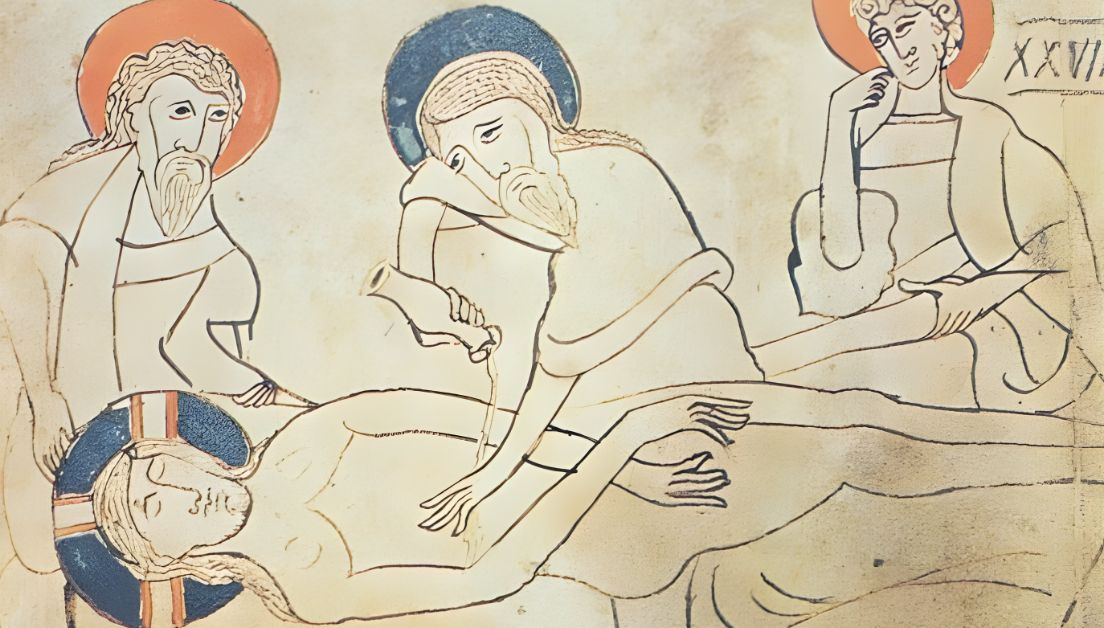- The whereabouts of the Shroud up to the 1300s are a mystery.
- Early Christians would have kept the Shroud hidden for safety.
- Some ancient manuscripts depict a cloth that closely resembles the Shroud of Turin.


The Shroud of Turin is one of the most studied archaeological objects in the world. Yet its location before the 1300s remains a mystery that’s still being researched.
If the Shroud is indeed the burial cloth of Jesus, it was likely kept hidden for several reasons.
First, it was considered incredibly sacred, because it was marked with the blood and the image of Jesus. Second, early Christians feared it would be seized and destroyed by anti-Christian persecutors. And third, under Mosaic law, anything that touched a dead body was considered impure.
Some historians think the Shroud we know today might be “The Image of Edessa” or “The Mandylion” that is referenced in historical documents. This ancient image, which was described as “not made by human hands,” was transferred from Edessa, in modern-day Turkey, to Constantinople in 944. But after Constantinople was sacked during the Fourth Crusade in 1204, the trail goes cold for almost 150 years.
So, where was the Shroud for all these centuries?
Scholars are actively researching the early history of the Shroud to fill in the missing gaps.
No media items found.

Stay in the loop as we educate people about the Shroud and its connection to Jesus.
Continue your journey with the Shroud with our books, apparel, and more
Fee Schedule
| Parish | Non-parish | |
| Single talk, 90 min* | $1,000 | $2,000 |
| Multi-talk, single day > 4 hrs | $2,000 | $3,000 |
| Multi-day event, e.g. Mission or Conference (first 2 days, then $500 per day) | $2,000 | $3,000 |
* For audiences over 500 minimum
** If a reduction is requested, a grant of no more than half the total paid by Othonia Fund will be considered.